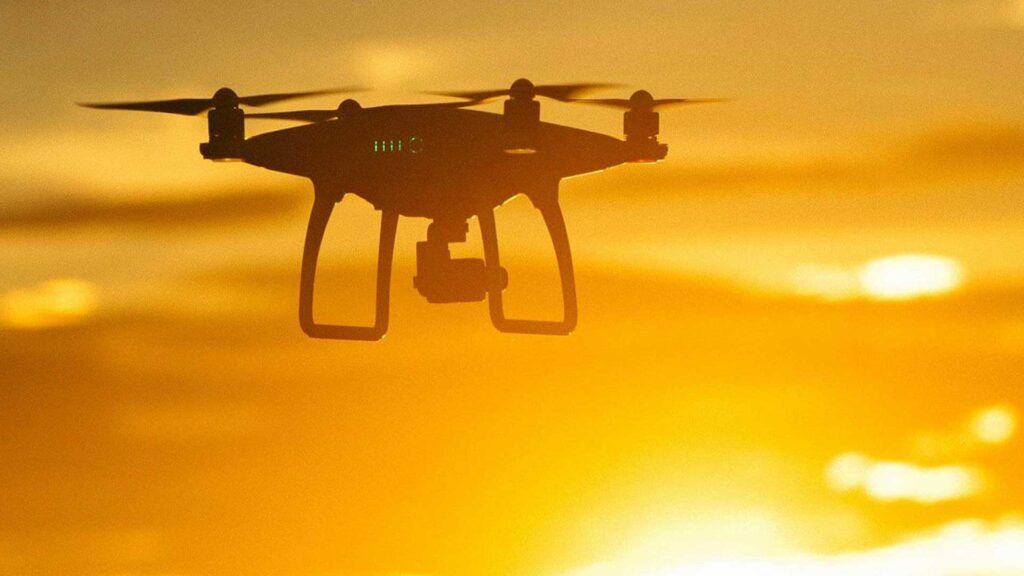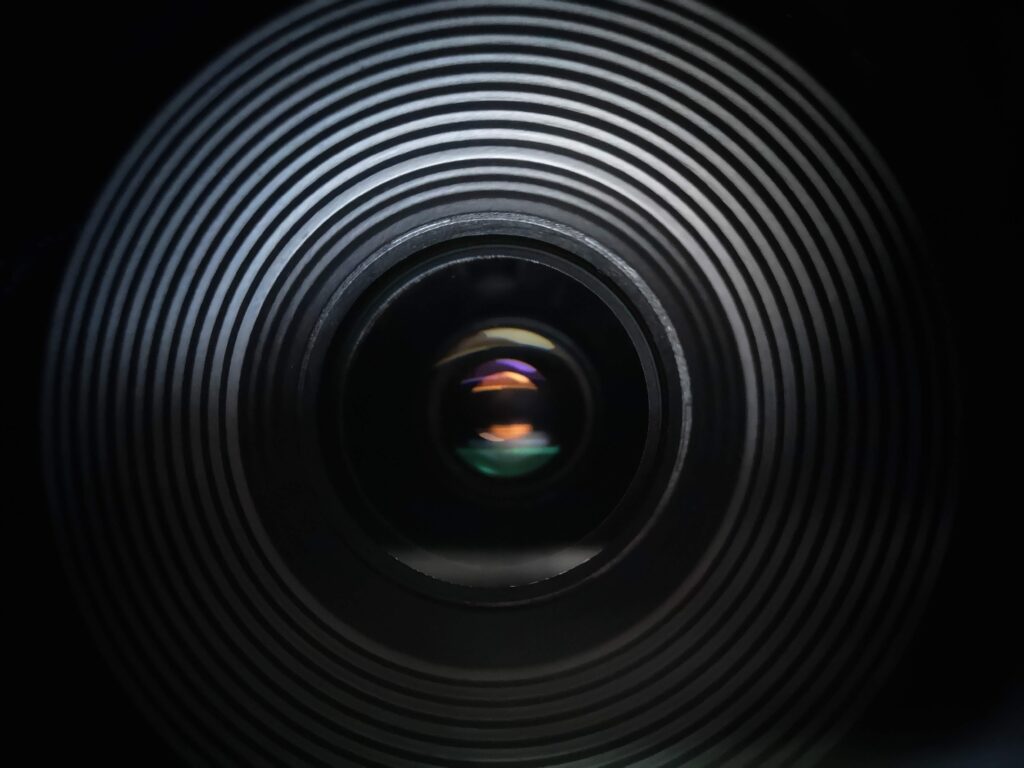
51 hidden gems located outside of Indianapolis
Here’s a curated list of 51 hidden gems located just outside of Indianapolis that are perfect for exploration.

Roberto Valenzuela, a renowned photographer, offers a wealth of knowledge on the art of posing for the camera, particularly in his book Picture Perfect Posing. His approach to posing is deeply analytical, blending both the technical and artistic aspects to create images that convey emotion, elegance, and authenticity. Below is an 800-word summary of Valenzuela’s key tips for posing on camera.
Valenzuela emphasizes that a pose is not merely about positioning the body but about telling a story or conveying a particular emotion. The pose should reflect the subject’s personality and the intended message of the photograph. Before posing a subject, it’s crucial to understand the context of the image—whether it’s a wedding, portrait, or fashion shoot—and to tailor the pose accordingly. The goal is to create a pose that enhances the overall composition and resonates with the viewer on an emotional level.
Valenzuela outlines five key elements that form the foundation of a successful pose: Base, Weight Distribution, Angle of Incidence, Torso Twist, and Head Position. Each of these elements plays a crucial role in creating a natural and aesthetically pleasing pose.
Hands can often be the most challenging aspect of posing. Valenzuela stresses that hands should always appear natural and relaxed. Tense or awkwardly positioned hands can ruin an otherwise perfect pose. To avoid this, he suggests giving the hands something to do—whether it’s holding an object, gently resting on the body, or interacting with another person in the frame. Hands should also be positioned to show their narrowest side to the camera, which helps to elongate them and avoid a bulky appearance.
Valenzuela highlights the importance of creating a connection between the subject and the camera. This can be achieved through eye contact, facial expression, and body language. For group photos, interaction between the subjects is key. He suggests posing individuals in a way that encourages natural interaction, such as having them touch or lean towards each other. This creates a sense of intimacy and connection that translates well on camera.
When posing men and women, Valenzuela notes that different techniques should be employed to highlight their unique features. For women, the focus is often on creating curves and emphasizing femininity. This can be achieved through poses that highlight the waist, elongate the legs, and create a graceful flow in the body. For men, the goal is typically to emphasize strength and masculinity. This involves poses that showcase broad shoulders, a strong jawline, and a confident stance. However, Valenzuela also emphasizes that these are guidelines rather than strict rules, and the key is to adapt the pose to the individual’s body type and personality.
Valenzuela encourages photographers to continuously fine-tune and adjust poses during a shoot. Small adjustments, such as shifting the weight slightly, angling the head differently, or repositioning the hands, can make a significant difference in the final image. He also suggests paying close attention to the details, such as ensuring clothing is properly arranged and hair is in place, as these small elements can impact the overall quality of the photograph.
Finally, Valenzuela emphasizes the importance of practice and observation in mastering the art of posing. He advises photographers to study poses in magazines, films, and everyday life to understand what works and what doesn’t. Practicing poses in front of a mirror or with a friend can also help in developing a keen eye for what looks natural and flattering on camera.
In summary, Roberto Valenzuela’s approach to posing is comprehensive and thoughtful, focusing on creating natural, balanced, and emotionally resonant images. His tips cover everything from foundational elements to fine-tuning details, all aimed at helping photographers and subjects work together to achieve the best possible results on camera.
Explore more insights on videography on our blog! Dive into valuable content at Sergi Studios Blogs.

Here’s a curated list of 51 hidden gems located just outside of Indianapolis that are perfect for exploration.

Here are some tips on how to use video production to market on TikTok:

Corporate video production involves creating video content commissioned by a business or organization.

Promoting your business with video in Indianapolis, Indiana can be highly effective given the city’s dynamic and diverse market.

In today’s digital age, businesses are constantly seeking innovative ways to capture the attention of their target audience and stand out from the competition.

Promoting your business with video in 2025 will continue to be a powerful way to engage audiences and expand your reach.